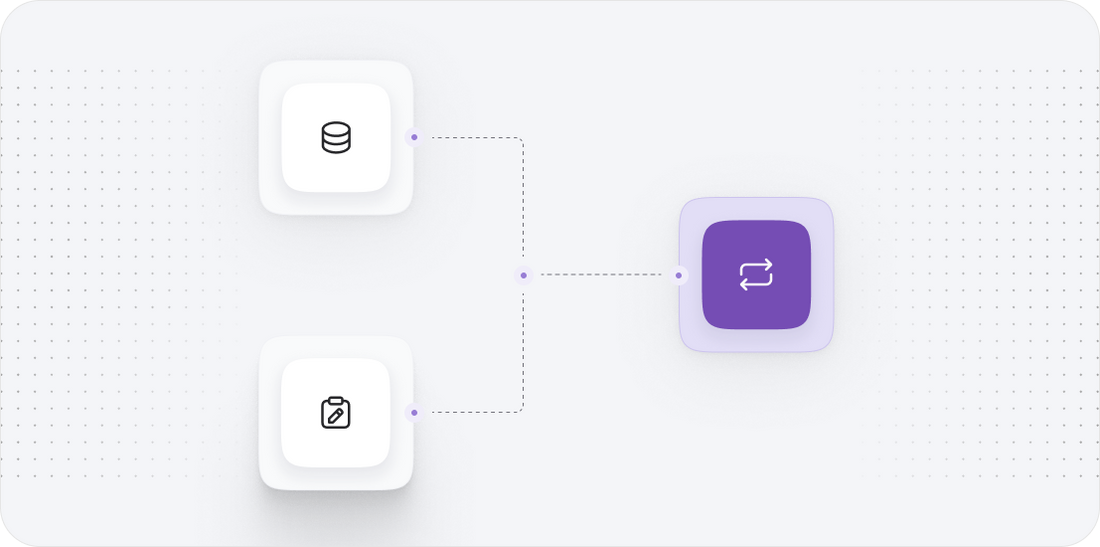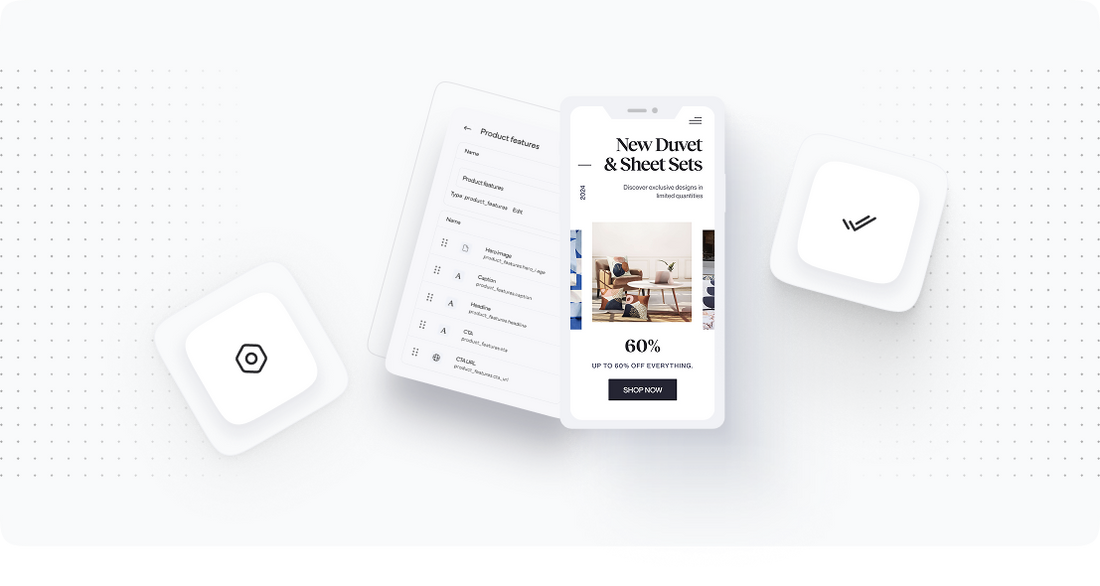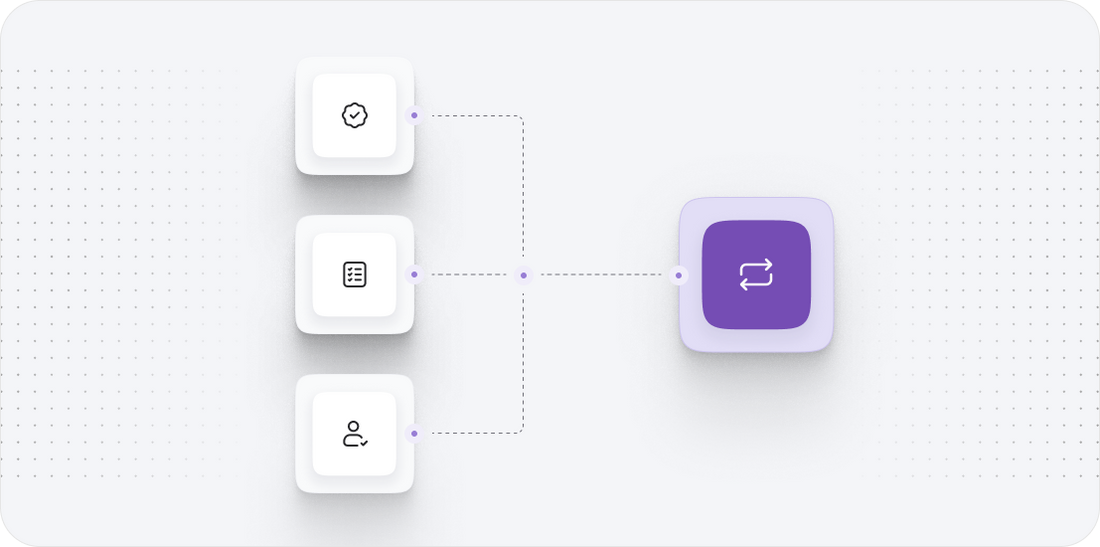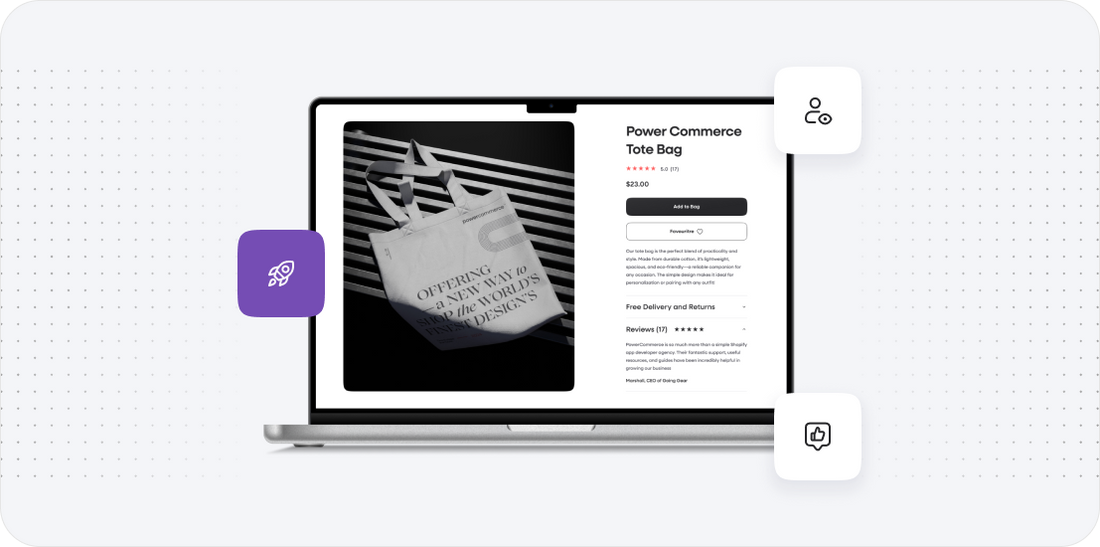





Netsuite suitecommerce to Oscommerce
Migrating your store from Netsuite suitecommerce to Oscommerce might seem daunting, but with proper planning and the right tools, it's a smooth process. Follow this step-by-step guide to ensure a successful transition.
Schedule a call
Step-by-Step Migration Guide: Netsuite SuiteCommerce to osCommerce migration guide
Step 1: Preparation and Planning
In this first step, we focus on the essential preparations required for a successful migration from Netsuite SuiteCommerce to osCommerce. This includes understanding the current system, analyzing business needs, and defining a clear migration plan.
Step 2: Data Backup and Security Measures
This step emphasizes the importance of backing up all existing data and implementing necessary security measures before initiating the migration.
Step 3: Setting Up osCommerce Environment
In this step, we configure the osCommerce environment to prepare it for data migration, including hosting setup and basic configuration.
Step 4: Data Migration Process
This step details the actual migration of data from Netsuite SuiteCommerce to osCommerce, ensuring data integrity and accuracy.
Step 5: Customization and Configuration in osCommerce
In this step, we customize and configure the osCommerce store to match the business requirements and branding.
Step 6: Testing the New osCommerce Store
In this crucial step, we conduct comprehensive testing of the osCommerce store to ensure everything functions as expected before going live.
Step 7: Launch and Post-Migration Support
This step involves the official launch of the osCommerce store and outlines the post-migration support to ensure ongoing success.
Power Your Step - Get in Touch
Contact PowerCommerce to leverage our expertise in seamless ecommerce migrations and ensure your success.
Step 1: Preparation and Planning
Before starting the migration process, we must conduct thorough planning and preparation. This is a crucial phase that lays the foundation for the entire migration project. Here’s how we approach this step:
First, we perform a detailed assessment of your current Netsuite SuiteCommerce setup. This includes a comprehensive audit of all critical data, such as product listings, customer information, order history, and any custom functionalities that your online store utilizes. Understanding what we have is essential to determine what needs to be migrated and how to structure it in osCommerce.
Next, we engage in business requirement discussions with your team to outline specific needs and expectations. This step helps us focus on what features in osCommerce will best serve your business objectives, such as:
- Product categories and attributes
- Customer segmentation and loyalty programs
- Payment gateways and shipping methods
- SEO and marketing integrations
With all this information, we can draft a detailed migration plan. This plan outlines the scope of the migration, key milestones, timelines, and responsibilities. Having a clear plan will significantly reduce the chances of miscommunication and errors during the migration process.
Finally, we recommend performing a risk assessment to identify potential challenges that may arise during the migration, such as data loss, downtime, or integration issues. Preparing for these risks with contingency plans in place is vital for a smooth transition.

Step 2: Data Backup and Security Measures
Before we start the actual migration, it is critical to ensure that all data is safely backed up. This step serves as a precautionary measure to protect against any data loss that may occur during the migration process.
Here's how we execute this step:
- Data Backup: We create a complete backup of your Netsuite SuiteCommerce database, which includes all product details, customer records, order histories, and configurations. We utilize secure cloud storage solutions to store this backup, ensuring that it is readily accessible if needed.
- Security Analysis: We conduct a security audit of the current SuiteCommerce environment. This involves checking for vulnerabilities and ensuring that all sensitive data is encrypted. We also review user permissions to ensure that only authorized personnel have access to critical data components.
- Compliance Review: It's essential to ensure that our migration process complies with relevant regulations such as GDPR or PCI DSS. We review existing policies and make sure that data handling practices are aligned with legal requirements.
- Migration Strategy Documentation: We document the entire backup and security process, maintaining a detailed record of what has been backed up and how security measures have been implemented. This documentation will be crucial for tracking and accountability during the migration.
Following these steps ensures that we have a safety net in place before moving forward, allowing for a smoother transition to osCommerce.

Step 3: Setting Up osCommerce Environment
Establishing a robust environment for your osCommerce platform is vital for a successful migration. This step involves setting up the hosting environment, configuring osCommerce, and ensuring that all necessary plugins and extensions are in place.
The process follows these key actions:
- Selecting a Hosting Provider: Since osCommerce is an open-source platform, we evaluate various hosting providers to find one that meets your performance and security needs. Factors such as uptime, scalability, support, and cost are considered to ensure that the selected provider can handle expected traffic and growth.
- Installing osCommerce: After selecting the hosting provider, we proceed with the installation of osCommerce. This includes setting up the database, configuring server settings, and ensuring that all necessary server requirements are met for optimal performance.
- Configuring Basic Settings: We configure basic settings in the osCommerce admin panel, including store name, contact information, and payment gateways. This foundational setup is important for the store to function correctly and for the migration to proceed smoothly.
- Installing Essential Plugins: To enhance the functionality of your osCommerce store, we identify and install essential plugins that cater to your business needs, such as SEO optimization, payment processing, and analytics tools. This step ensures that your store is equipped to handle various operational aspects from the start.
By thoroughly setting up the osCommerce environment, we create a strong operational base that will support the subsequent migration of data from Netsuite SuiteCommerce.

Step 4: Data Migration Process
The data migration process is the core of our migration project, where we transfer all critical data from Netsuite SuiteCommerce to osCommerce. Our approach is methodical to ensure data integrity and accuracy throughout the transfer.
Here is how we conduct the migration:
- Data Mapping: We start with data mapping, which involves defining how data from Netsuite SuiteCommerce will correspond to fields in osCommerce. This includes mapping product attributes, customer fields, and order details to ensure that all information is accurately represented in the new system.
- Data Extraction: Using data extraction tools, we pull data from the Netsuite SuiteCommerce environment. This step involves accessing the database and exporting data in manageable formats, such as CSV or XML, which can be imported into osCommerce.
- Data Transformation: Once the data is extracted, we transform it as needed to fit osCommerce's structure. This may involve adjusting data formats, cleaning up inconsistencies, and validating the information to ensure it adheres to the new system's requirements.
- Data Import into osCommerce: After transformation, we proceed to import the data into osCommerce using its built-in import features or custom scripts designed for this task. During this phase, we conduct checks to verify that data has been imported correctly and that there are no significant discrepancies.
- Validation and Testing: Following the import, we perform comprehensive testing to validate the data. This includes checking product listings, customer accounts, order histories, and ensuring all functionalities work as intended. Any discrepancies found during this phase are promptly addressed.
This meticulous approach to data migration ensures that we carry over all essential information while minimizing any potential issues, setting the stage for a successful transition.

Step 5: Customization and Configuration in osCommerce
After successfully migrating the data, the next step is to customize and configure your osCommerce store to align with your branding and specific business requirements. This customization phase is critical for ensuring that your store not only functions well but also resonates with your brand identity.
Here’s how we approach this step:
- Theme Selection and Design: We begin by selecting a suitable theme that reflects your brand's aesthetics and values. Customizing the theme involves adjusting colors, fonts, layouts, and other design elements to create a cohesive look and feel that appeals to your target audience.
- Custom Feature Implementation: Based on the requirements discussed earlier, we implement any custom features or functionalities that were identified during the planning phase. This may include custom checkout processes, membership areas, or tailored product displays.
- SEO Optimization: To ensure that your new osCommerce store is easily discoverable, we implement SEO best practices as part of the customization. This includes optimizing product pages with relevant keywords, setting up URL structures, and ensuring meta tags are correctly populated.
- Setting Up Payment and Shipping Methods: We configure payment gateways and shipping options in osCommerce, ensuring that they align with customer preferences and business needs. This includes testing these systems to confirm they work seamlessly during the checkout process.
By the end of this customization phase, your osCommerce store is tailored to your specifications and ready to provide an engaging shopping experience for your customers.

Step 6: Testing the New osCommerce Store
Testing is a vital step that cannot be overlooked. It ensures that your new osCommerce store operates smoothly and meets all business requirements before it goes live. Our testing phase is thorough and structured to identify any issues that may affect user experience.
The testing process involves:
- User Acceptance Testing (UAT): We conduct a series of tests with members from your team to validate the functionality of key features. This includes testing the entire purchasing process, from adding products to the cart to completing the checkout.
- Functional Testing: We verify that all functionalities of the osCommerce store work as intended. This includes ensuring that payment processing, shipping calculations, and customer login functions operate correctly.
- Performance Testing: We assess the performance of the store under different load conditions to ensure it can handle expected traffic without slowdowns or crashes. This helps us identify any potential bottlenecks that need to be addressed.
- Security Testing: We conduct security audits to ensure that all data is protected and that the store complies with necessary regulations. This includes testing for vulnerabilities that could expose sensitive customer information.
Thorough testing ensures that we can confidently launch your new osCommerce store, knowing that it will provide a seamless experience for your customers.

Step 7: Launch and Post-Migration Support
With testing complete and all systems functioning correctly, we are ready to launch your osCommerce store. This is an exciting moment, but it is also critical to ensure that we support the transition effectively.
The launch process includes:
- Final Pre-Launch Checks: We perform a final review of the store, checking that all settings are correct, and that the store is ready for customers. This includes ensuring that all products are visible, payment gateways are active, and shipping methods are configured.
- Official Launch: We announce the launch of your new osCommerce store through your chosen marketing channels, such as email newsletters and social media posts, to drive traffic and excitement.
- Post-Migration Support: After the launch, we provide ongoing support to address any issues that may arise. This includes monitoring site performance, conducting regular backups, and providing updates as necessary. Our team is available to assist with any questions or technical issues that may come up in the days and weeks following the launch.
By focusing on a strong launch and providing post-migration support, we ensure that your osCommerce store is set up for success and can adapt to future needs as your business grows.

Power Your Step - Get in Touch
Ready to take the next step in your ecommerce journey? At PowerCommerce, we specialize in providing expert support for migrations, including transitioning from Netsuite SuiteCommerce to osCommerce. Our dedicated team is here to facilitate a smooth and efficient migration process tailored to your business needs.
Connect with us today:
- Visit our contact form to schedule a consultation.
- Call us at 800-099-9090 for immediate assistance.
- Email us at info@powercommerce.com for any inquiries.
Let us empower your ecommerce store with the latest technology and expertise. Your success is just a conversation away!
Stay aligned on what's happening in the commerce world
Trusted by 1000+ innovative companies worldwide
Schedule Your Migration Today
For businesses prioritizing simplicity, scalability, and robust support, Shopify is the clear winner.
Looking to migrate without hassle? Power Commerce can handle the entire process, ensuring smooth data transfer, store setup, and post-launch success.
Marka Marulića 2, Sarajevo, 71000 BiH
00387 60 345 5801
info@powercommerce.com


